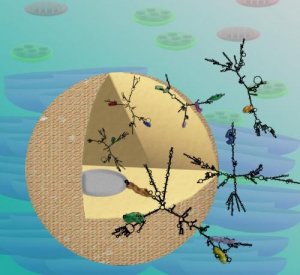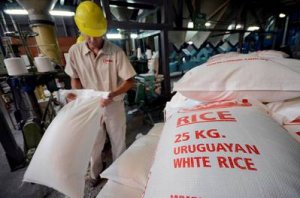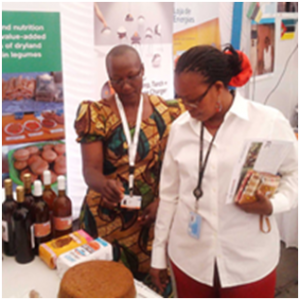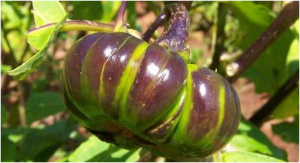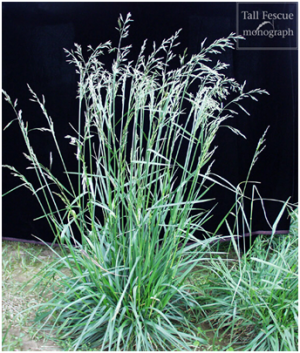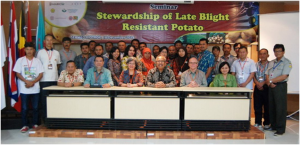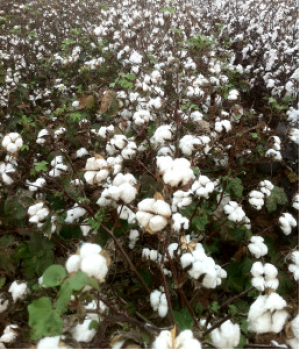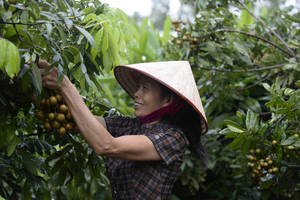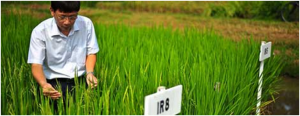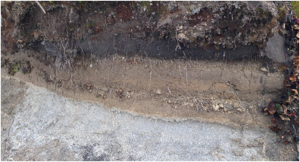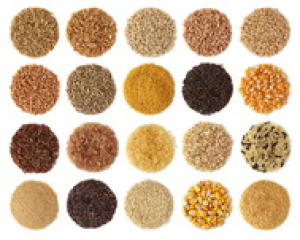|
Repair System Found in Algae to Yield New Biotechnology Tools
Sunday, 2016/08/07 | 06:44:51
|
|
Stephen Campbell, research specialist and Professor David Stern of the Boyce Thompson Institute report the discovery of a repair system in the algae Chlamydomonas reinhardtii, which uses chloroplast extracts and light to release an interrupting sequence from a protein. The discovery has implication in agriculture and biotechnology because it could potentially be harnessed to enable proteins to become active only in the light.
C. reinhardtii has the necessary toolkit to repair proteins by removing extra sequences called insertions that disrupt their functions. The new repair system was discovered by Campbell while he was purifying a protein from C. reinhardtii chloroplasts that can cut RNA. He identified the sequenced protein as RB47, a protein that was not known to have any RNA-cleaving ability. Campbell noticed that the middle of the protein was missing, and it was shorter than expected.
The researchers detected a long version of the protein that contained an insertion and a short version without it. The cells make both versions when grown in the light or the dark, but only the short version can cleave RNA. The long version of the protein could be converted into the short one by mixing it with chloroplasts from cells grown in the light. This process removed the interrupting insertion and restored the protein's RNA-cutting activity.
For more details, read the news release at the BTI website.
Figure: A diagram of a Chlamydomonas reinhardtii cell in cross section. (Image by Ninghui Shi via Wikimedia Commons.) |
|
|
|
[ Other News ]___________________________________________________
|


 Curently online :
Curently online :
 Total visitors :
Total visitors :
(31).png)
